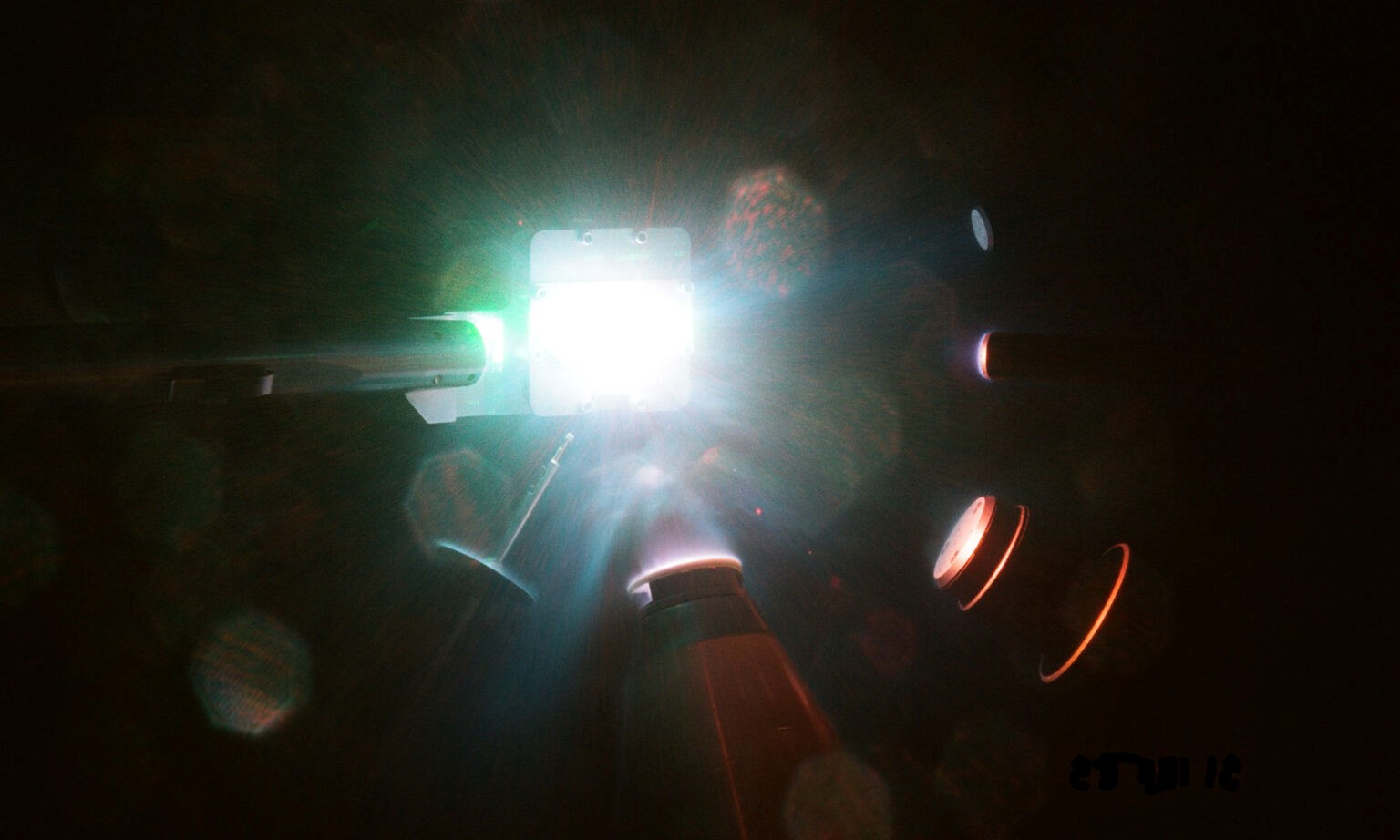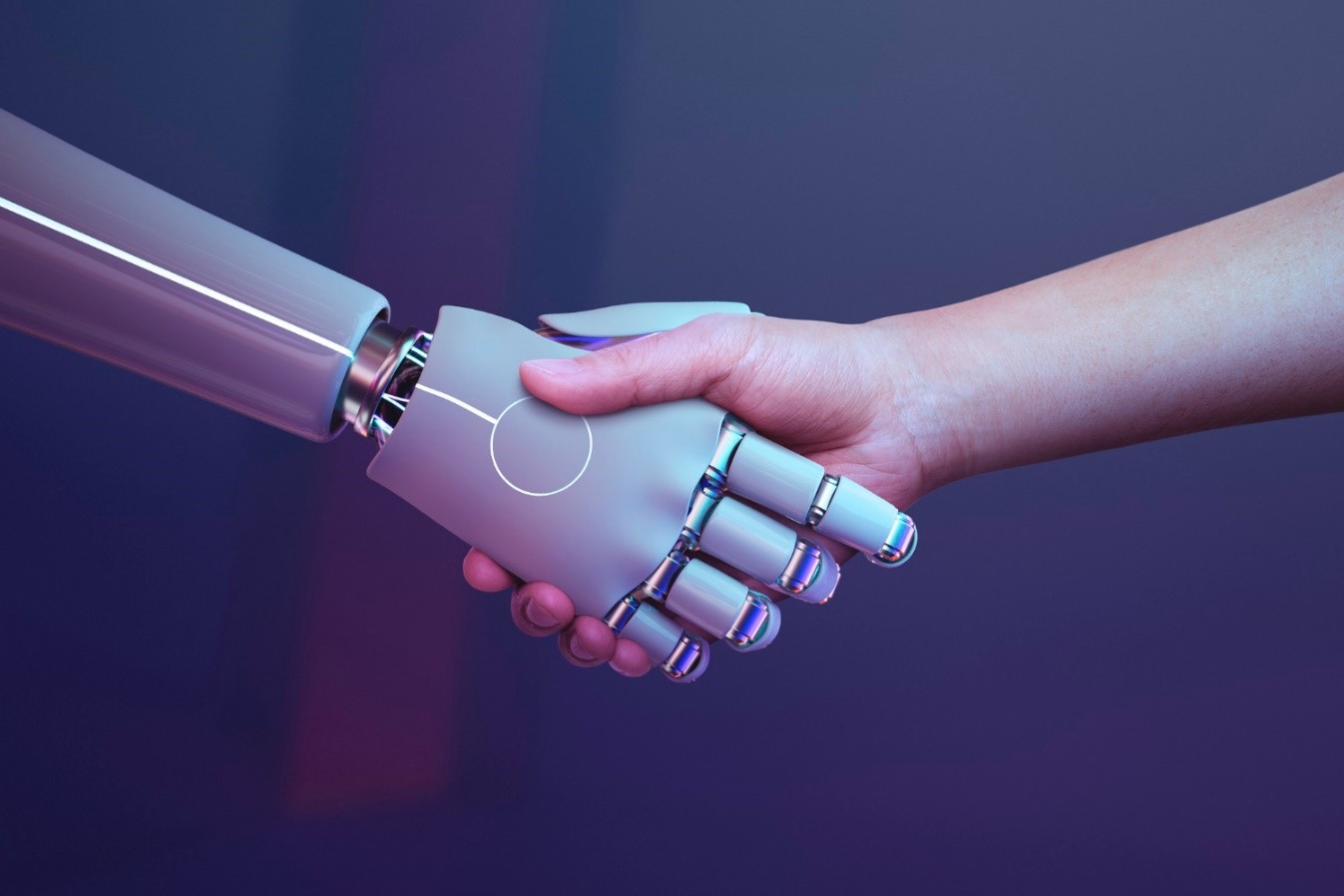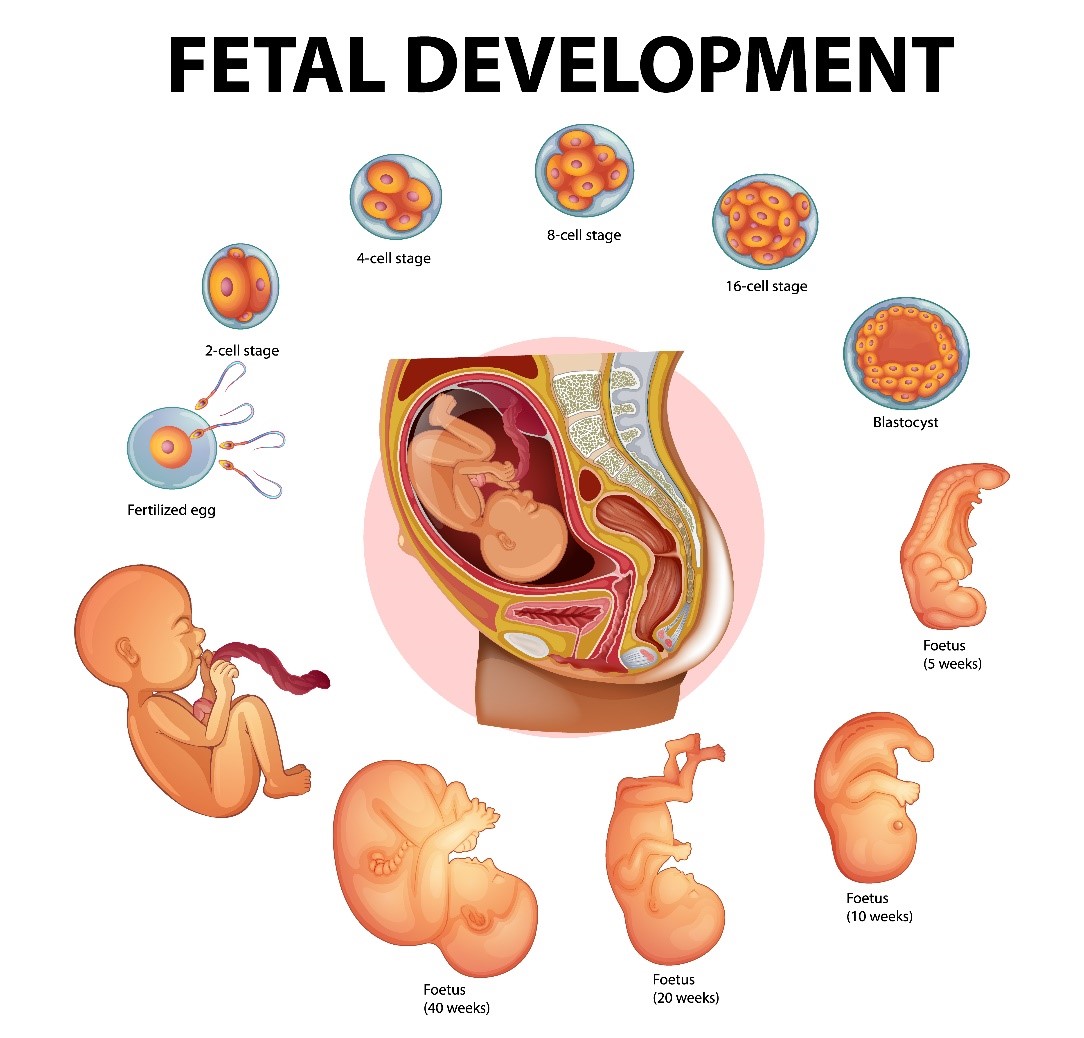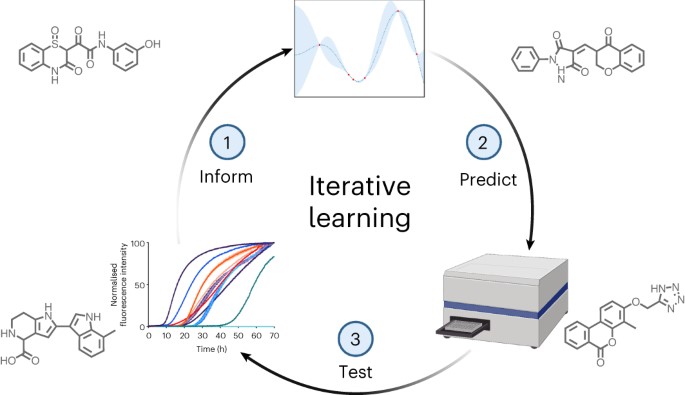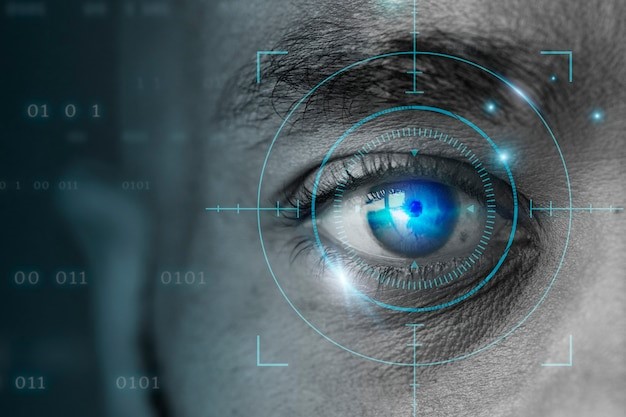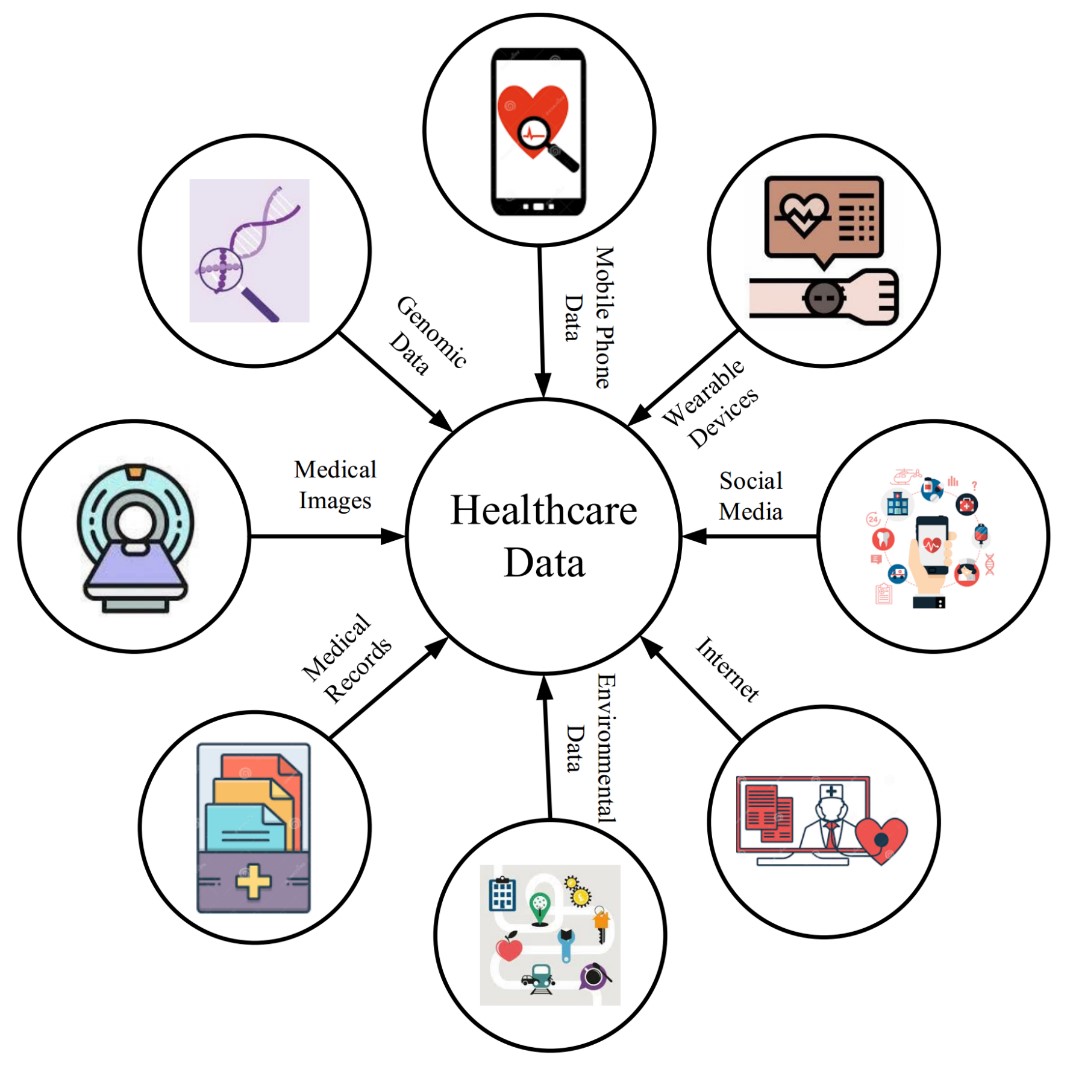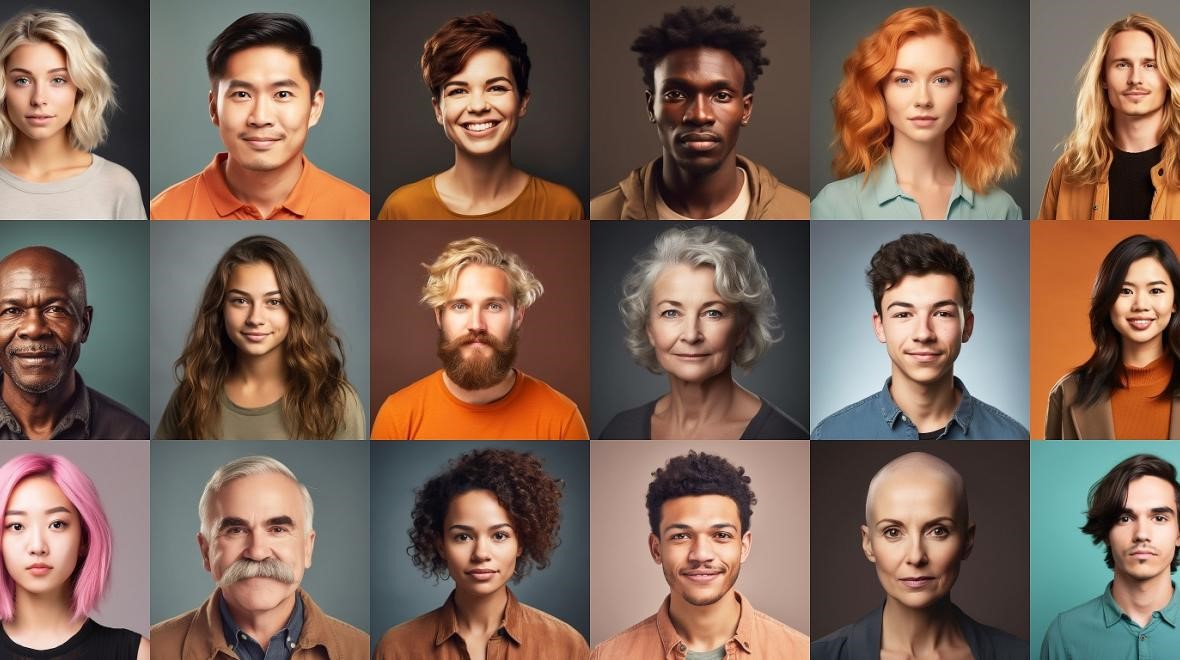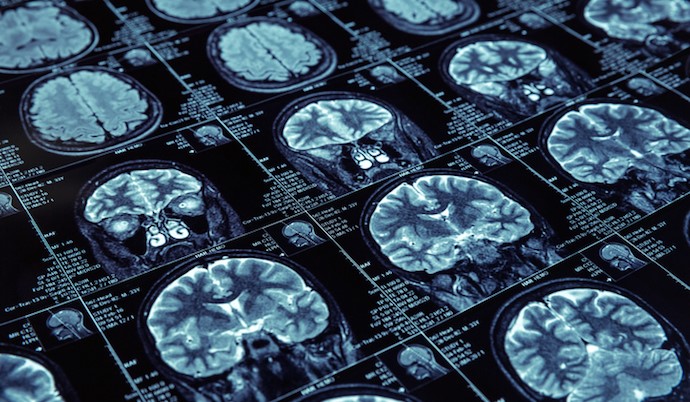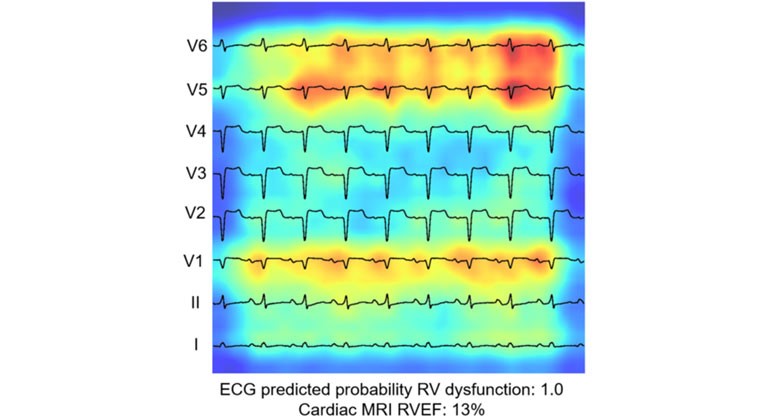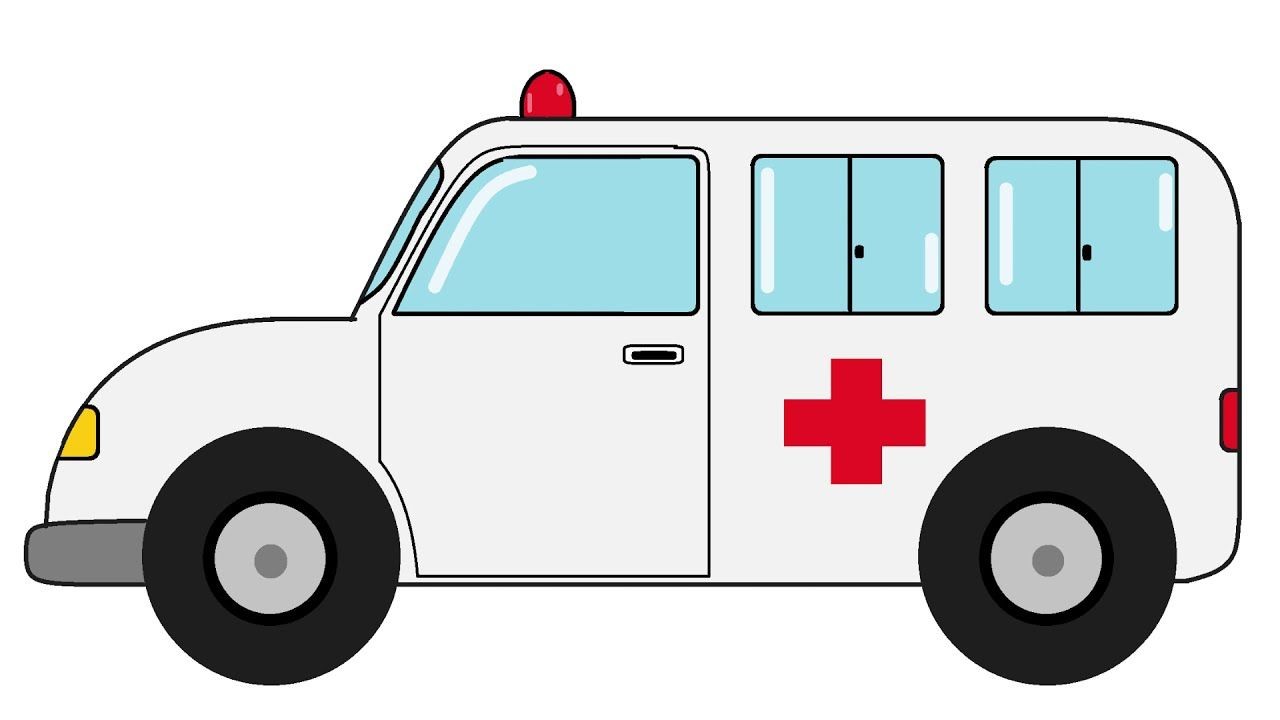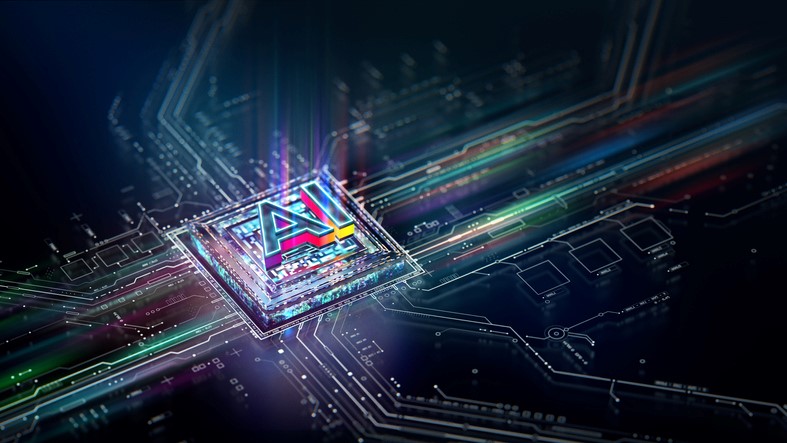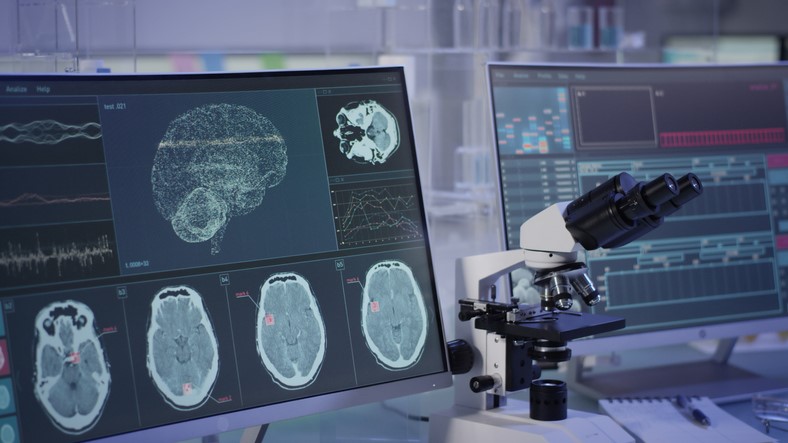Azahar Ali's Vision for the Fourth Agricultural Revolution
As the world braces itself for the fourth agricultural revolution, Azahar Ali, a biosensing engineer and assistant professor at Virginia Tech, envisions a transformative era fueled by the integration of cutting-edge technologies. In a review article published in Advanced Intelligent Systems, Ali, along with colleagues Matin Ataei Kachouei and Ajeet Kaushik, explores the potential of wearable agriculture sensors, Internet of Things (IoT) devices, and artificial intelligence (AI) to revolutionize climate-smart, precision agriculture.
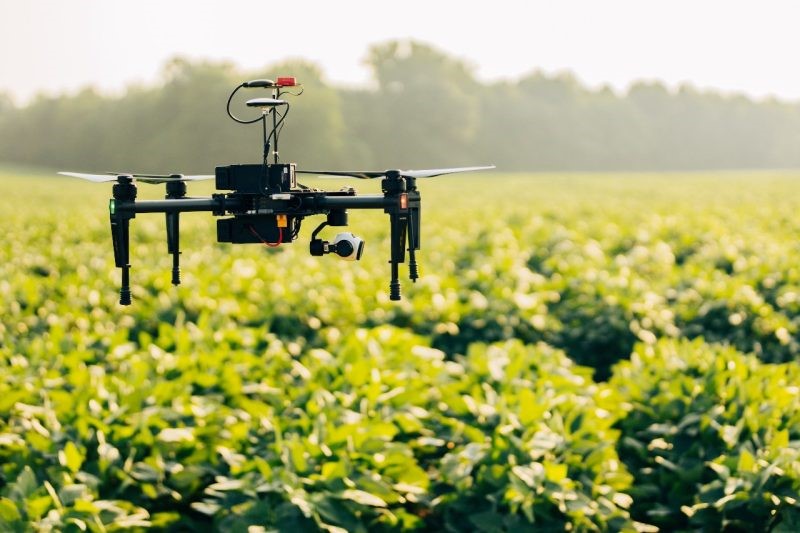
Figure 1. Tech in Agri. (Credit: Sam Dean)
The Urgency of Early Monitoring
Figure 1 shows the tech in agri. With the global population expected to reach nearly 10 billion by 2050, there is a pressing need to sustainably increase food production by 50%. To address this challenge, Ali emphasizes the importance of prioritizing rapid, accurate, and early monitoring to ensure the safety and quality of food and enhance plant health and productivity.
Collaboration Across Disciplines
Recognizing the interdisciplinary nature of agricultural challenges, Ali advocates for collaboration between researchers in agronomy, engineering, medicine, and materials science. Bridging these gaps is essential to unlock the full potential of new technologies and address the looming food crisis.
Advancements in Sensing Technologies
The review article outlines significant progress in sensor technology, focusing on measuring toxins, humidity, pH, freshness, temperature, contaminants, and pathogens. These advancements play a crucial role in ensuring food safety, maintaining quality, and meeting high packaging standards.
Integration of Technologies
Ali and his colleagues discuss the integration of sensors, smart devices, and AI for real-time, on-site data collection on a large scale. They highlight the potential of next-generation networks to transmit high-volume data efficiently. AI, in particular, is identified as a tool to streamline data analysis, offering the capacity for predictive analysis to anticipate challenges such as disease outbreaks and weather patterns.
Current Research Initiatives
The article showcases ongoing research initiatives, including the development of electrochemical sensors for detecting disease biomarkers in cow milk, orange juice, and apple juice. Additionally, researchers are exploring microneedle-based integrated plant sensors and smartphone-based 3D-printed devices to detect viruses in tomatoes.
Challenges and Solutions
While promising, the authors acknowledge challenges in implementing these technologies. Security concerns, cost considerations, and potential internet connectivity issues in rural areas pose obstacles. Ali underscores the importance of collaboration not only among scientists but also with policymakers and farmers to overcome these challenges collectively.
As we stand at the cusp of the fourth agricultural revolution, Azahar Ali's vision underscores the need for a united front in addressing global food challenges. By merging wearable sensors, IoT devices, and AI, the agricultural sector can embrace a new era of precision and sustainability, ensuring a resilient food supply for the growing population.
Source: Virginia Tech
Cite this article:
Hana M (2024), Azahar Ali's Vision for the Fourth Agricultural Revolution, AnaTechMaz, pp. 385


